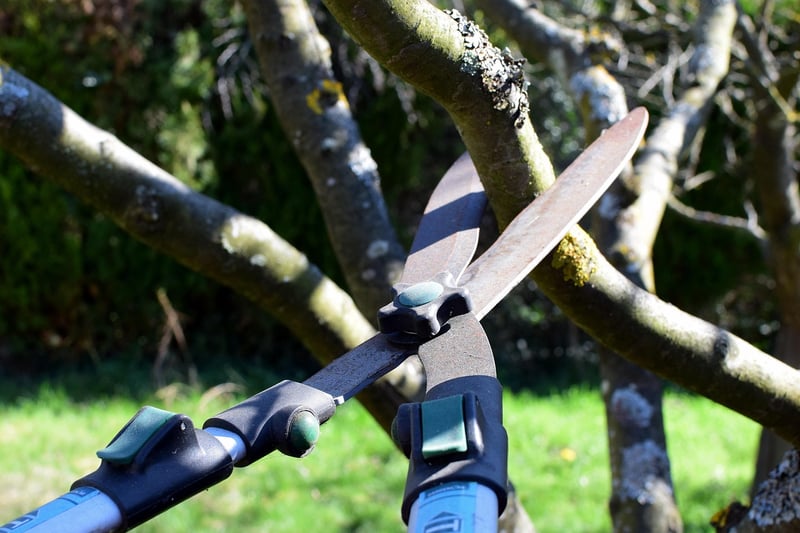Pruning Guide
Ensuring Plant Health: A Comprehensive Pruning Guide
The Importance of Pruning
Pruning is a vital aspect of plant care that promotes growth, controls shape, and enhances overall plant health. By removing dead or diseased branches, you can prevent the spread of infection and improve the aesthetic appeal of your plants.
When to Prune
The timing of pruning varies depending on the type of plant. Generally, it is best to prune flowering shrubs right after they bloom, while winter is an ideal time to prune deciduous trees.
Tools for Pruning
It is essential to use the right tools for pruning to ensure clean cuts and minimize damage to plants. Some common tools include pruning shears, loppers, and pruning saws.
Pruning Techniques
- Thinning: Removing select branches to improve air circulation and allow more sunlight to reach the plant.
- Heading: Cutting back a portion of a branch to encourage new growth.
- Deadheading: Removing spent flowers to promote further blooming.
Pruning Tips
Remember to sterilize your pruning tools to prevent the spread of disease between plants. Make clean cuts at a 45-degree angle just above a bud or lateral branch. Avoid cutting too close or leaving stubs.
Consulting a Professional
If you are unsure about the pruning needs of a specific plant or if the task seems too daunting, consider consulting a professional arborist or horticulturist for guidance.

Proper pruning is essential for maintaining the health and beauty of your plants. By following this comprehensive pruning guide, you can ensure that your plants thrive and flourish throughout the year.
